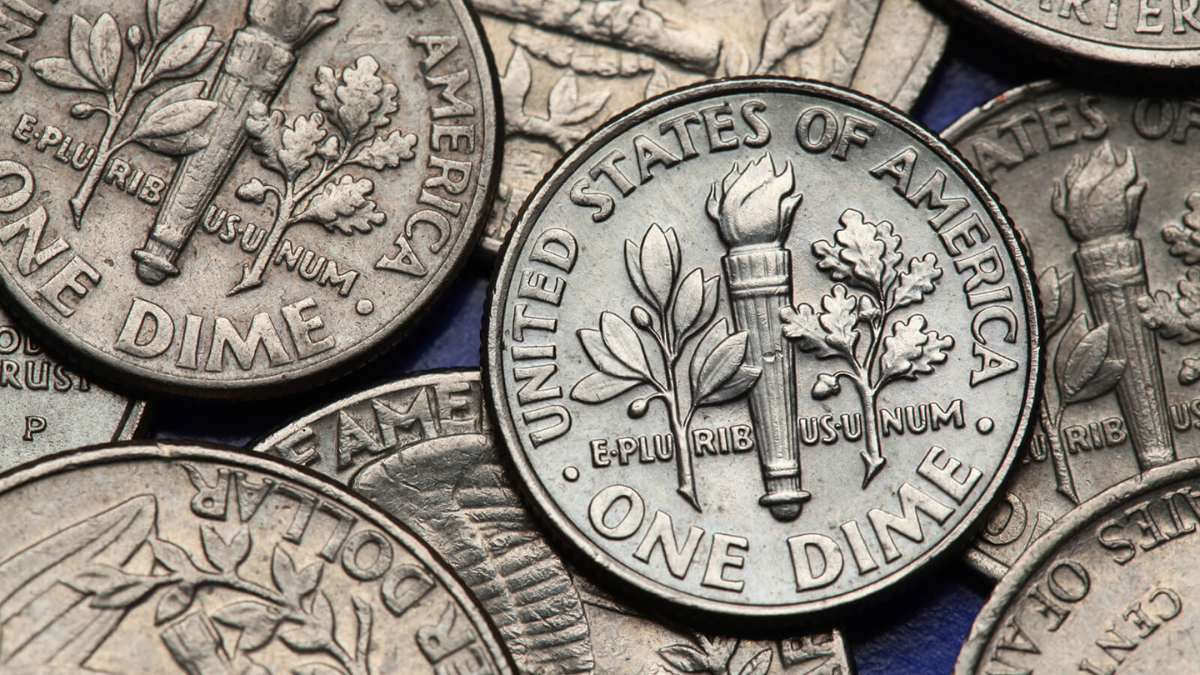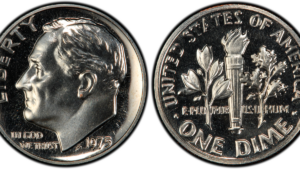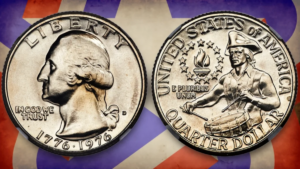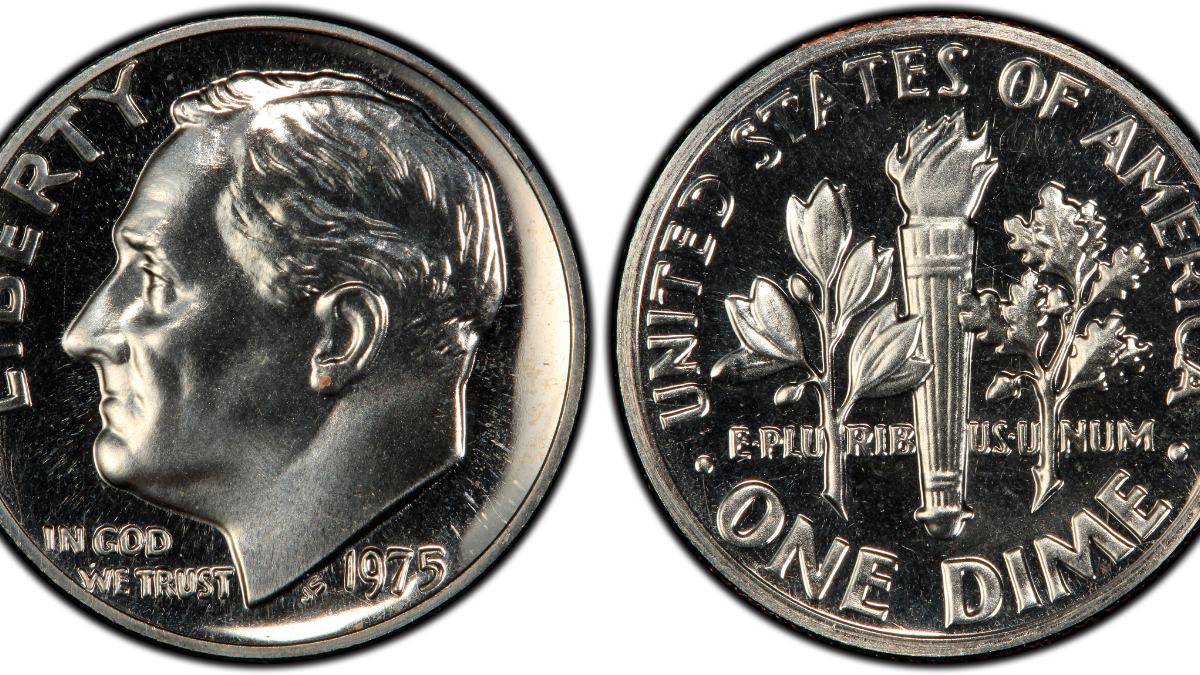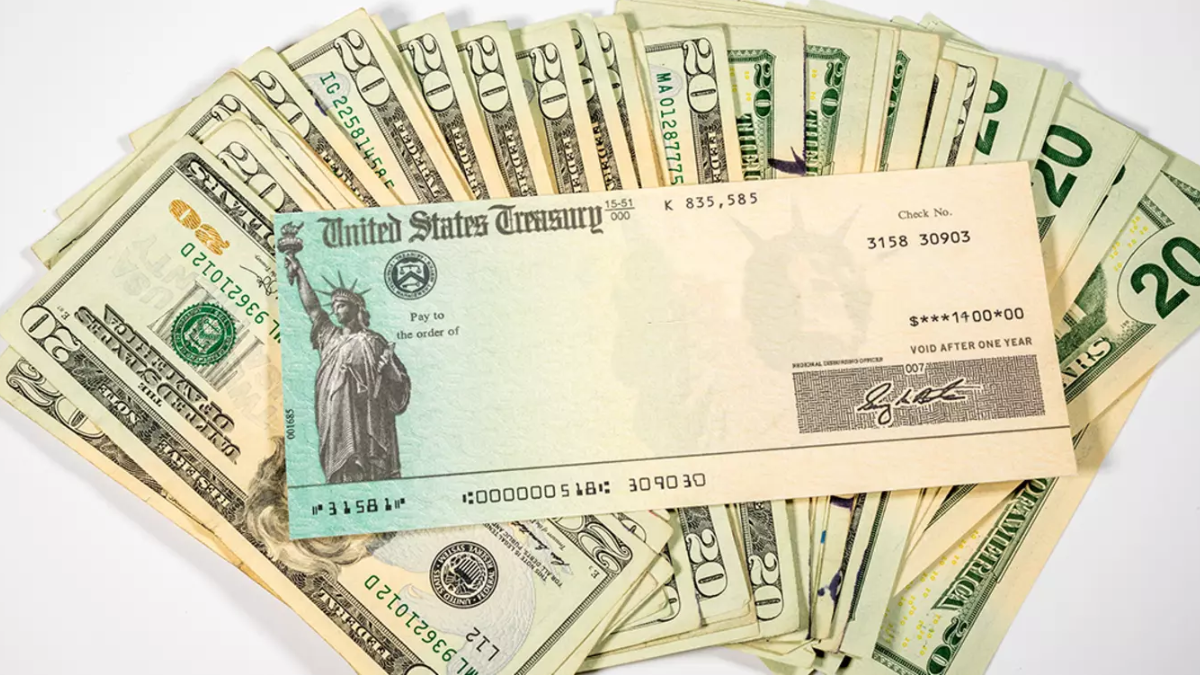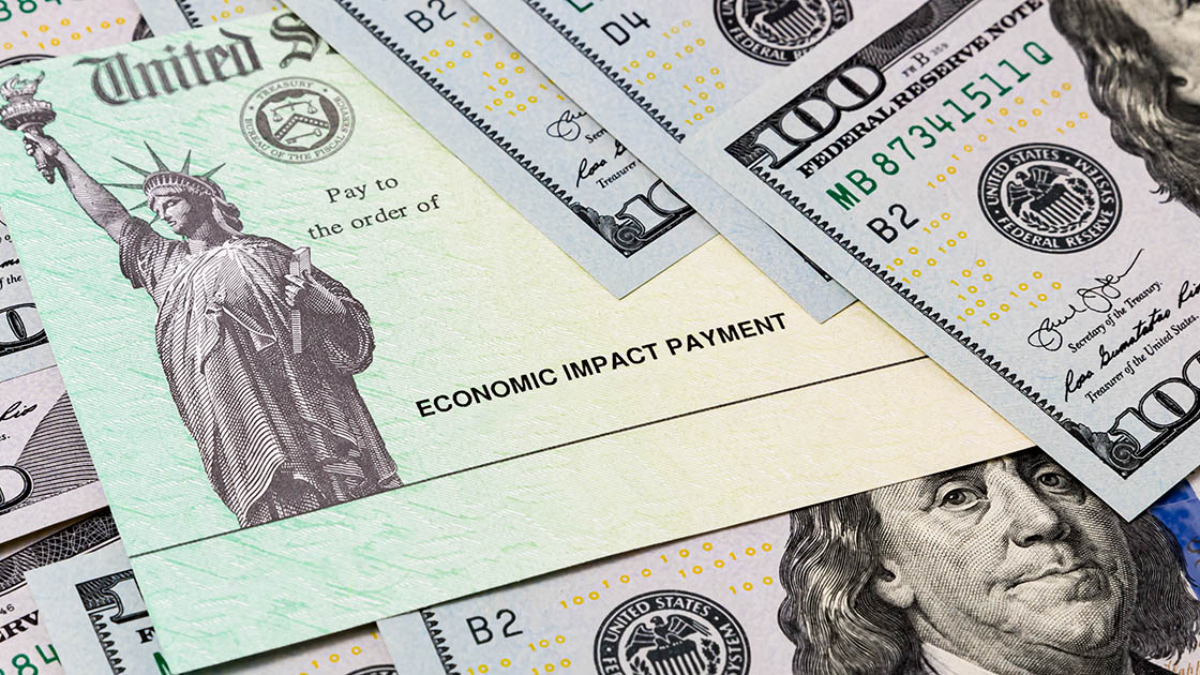Ever wondered if that old dime in your change jar is worth more than 10 cents? If it’s one of a few rare silver dimes, it could be worth hundreds or even thousands of dollars. Many people don’t realize that valuable coins still circulate occasionally — and the silver dimes from past decades are some of the most sought-after. In this article, we’ll introduce you to 3 rare silver dimes that are highly collectible, how to identify them, and why they’re so valuable.
1. 1916-D Mercury Dime
The 1916-D Mercury Dime is one of the most iconic and valuable U.S. dimes. It was the first year the Mercury Dime was issued, and the Denver Mint produced only about 264,000 of them, making it extremely rare. You can spot it by checking for the “D” mintmark on the reverse, near the bottom left of the fasces (the bundle of rods with an axe). Because so few were made, even worn versions can sell for over $1,000, while well-preserved examples can reach $10,000 or more.
2. 1942/1 Mercury Dime (Overdate Error)
This coin is famous for a minting error where the number “2” was struck over a “1”, resulting in a visible overdate. It occurred at both the Philadelphia and Denver mints, and collectors prize both versions. Look closely at the date on the coin — if the bottom of the “1” is visible under the “2,” you may have a rare overdate error. In good condition, these dimes can be worth $500 to $5,000, depending on the mint and state of preservation.
3. 1895-O Barber Dime
The 1895-O Barber Dime, minted in New Orleans, is one of the rarest in the Barber series. Only about 440,000 were made, and very few have survived in collectible condition. Check the back of the coin for the “O” mintmark beneath the wreath. If you find one in decent shape, it could fetch $1,000 to $20,000, especially in higher grades.
Your Change Could Be a Goldmine
These three rare silver dimes — the 1916-D Mercury, the 1942/1 Overdate, and the 1895-O Barber — are just a few examples of hidden treasures that might be sitting in your pocket or coin jar. With a little knowledge and close inspection, you could turn loose change into a small fortune. Next time you go through your coins, take a second look — one of them might be worth a lot more than you think.
FAQ’s:
1. How do I know if my dime is made of silver?
Any U.S. dime minted in 1964 or earlier is 90% silver. Check the date, and if there’s no copper edge, it’s likely silver.
2. Where is the mintmark located on dimes?
For Mercury and Barber dimes, the mintmark is on the reverse side, near the bottom. For Roosevelt dimes (post-1946), it’s on the obverse near the date.
3. Are all Mercury dimes valuable?
Not all, but many Mercury dimes, especially from key dates like 1916-D or with errors, can be worth significantly more than face value.
4. Can I still find silver dimes in circulation?
It’s rare, but possible. Some silver dimes still end up in pocket change or coin rolls, especially from older collections.
5. Should I clean an old dime to make it look better?
No — cleaning a coin can dramatically reduce its value. Collectors prefer coins in original, unaltered condition.
